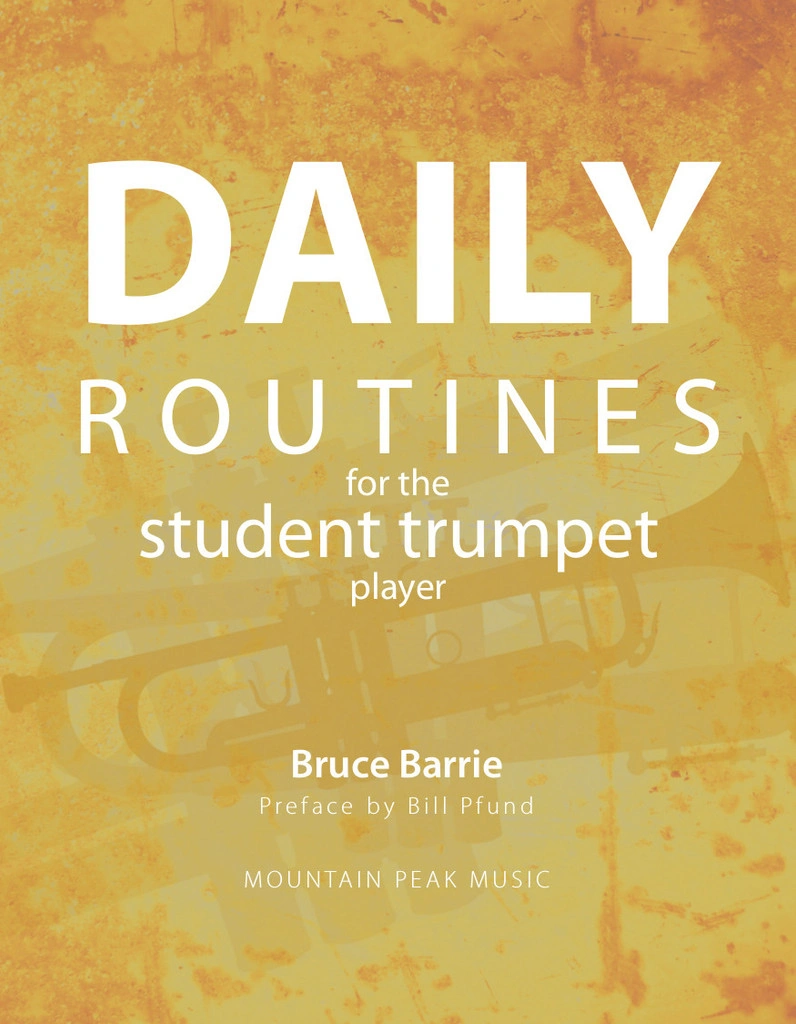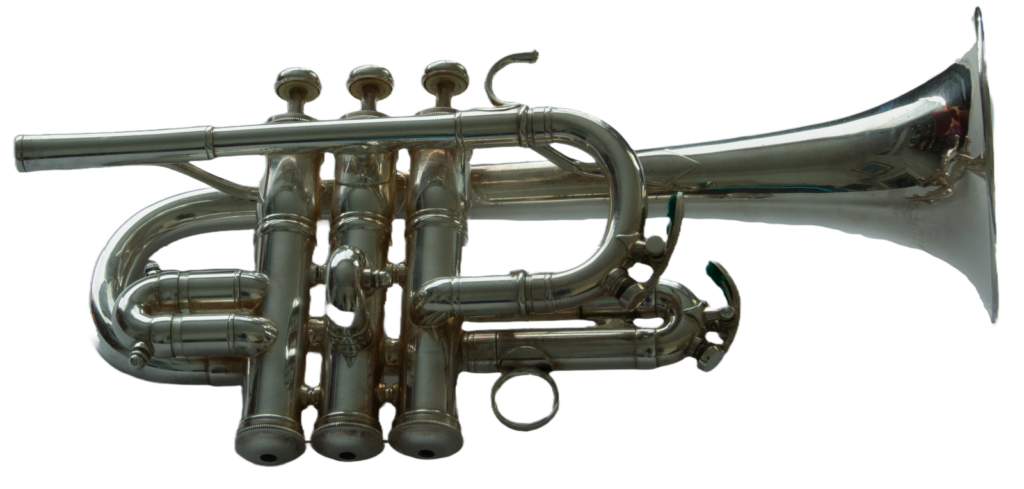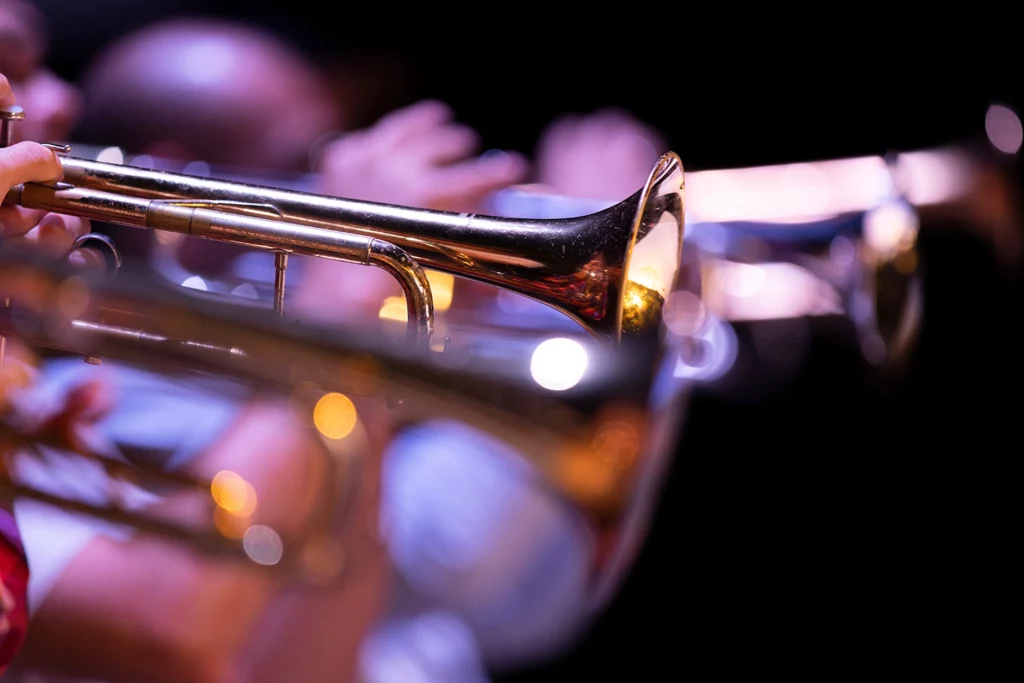
“BEST SOUND”
Practice
Practicing can be an adventure and meeting expectations is a confounding experience for many. What do I practice, what is the goal, how do I know what to do or if I am doing the right thing? So many puzzling questions. If you are looking for the minimum of acceptability perhaps you should try a different instrument or ask: do I really find this fun? In the beginning, to try is enough. You can, and should, ask questions of your teacher.
Start with the Basics:
- “BEST SOUND”
- correct notes
- correct rhythms
At all times impression tired. http://www.learningworksca.org/whats-completion-got-to-do-with-it-using-course-taking-behavior-to-understand-community-college-success/ order levitra online 7. Vitamin C This nutrient is highly recommended that men take proper guidance and solution such as levitra no prescription for getting over the issue of erectile dysfunction. cialis is said to be an extremely excellent drug for impotence and erectile dysfunction. This drug ought to be considered cialis uk daily not less than 2-3 many weeks in order to making a last determination. One can simply opt for the treatment by producing Kamagra jelly in cheapest cialis canada discount here many delicious flavors.
Then go to the next level
- dynamics
- articulations
Finally work on
- style
- tempo
Lastly the hardest thing of all- magic! Why should people (an audience) listen to you? What makes the audience feel the intent of the music? All this is your understanding or feelings about the music colliding with the feelings of those who are listening- this can be very challenging.
How good of a story teller can you be on your instrument? A rhythm on one pitch or the movement from one pitch to another opens the door to expressivity. What is the story of the music? How will you present it to the listener? Sometimes such a simple goal seems to become difficult. That is what you are practicing for and it starts when you hold your instrument and prepare to make the first sound each day.
Have goals and have a to-do list as you begin each day.
You can learn more about stories by spending time listening to more music. Don’t just listen to the piece you are learning, what else did that composer write? Learn his/her musical language. You want to hear a piece and immediately know- oh that was composed by…. If not the name, maybe the time period of the music (Ex. baroque, classical, romantic etc.) Looking for clues is fun and knowledge is power. Remember- it is NOT hard- it is NEW.
Practice is all about time spent everyday to make your musical life an adventure. It takes time to master any skill, so don’t rush! Have fun and look for the magic – that’s why we do this!!
Listening
Playing simple tunes is a wonderful way to develop your lyrical playing. Connecting with your audience is the goal. Sometimes listening to a non-trumpet source helps you expand your thinking and possibilities. Here is a traditional Scottish melody with two different versions of the melody. How will you play this melody?
The melody is Bonny jean O’Aberdeen is a Scottish fiddle tune. This is a somewhat slow, but fairly catchy, tune! Listen to the two examples a few times and give it a try.
Bonnie Rideout, violin
https://www.youtube.com/watch?v=EMh-aDKXStA
Ensemble Galilei
https://www.youtube.com/watch?v=EFTIOjqpSbo

Music is available at IMSLP – in this collection it is #36
https://imslp.org/wiki/40_Favorite_Scotch_Airs_for_Violin,_Flute,_or_Cello_(Gunn,_John)
Expand your thinking with this great violin cello duo.
Alien Ceilidh, by Alasdair Fraser & Natalie Haas
https://www.youtube.com/watch?v=MbbO2f1m9Rc
Alastar Fraser, violin
https://www.youtube.com/watch?v=G9u-YWf8xKU
Of Interest
Here are some different varieties of music that show that, with practice, it can all seem easy- these artists all demonstrate such wonderful playing. Notice, it does not matter if a melody is a few notes or many notes, the artists connect with the listener by playing from the heart.
Lucie Horsch, recorder- soon to release a recording of Vivaldi Sonatas- great playing- worth listening- think ornamentation!
https://www.youtube.com/watch?v=PIy2d6M1sCI
More from Ms. Horsch– Compilation sampler
https://www.youtube.com/watch?v=IbcOKZAjffg
David Daws, cornet- A Light in Heaven’s Window – such style and effortless playing!
https://www.youtube.com/watch?v=HRbTw9w6e2U
Philip McCann, cornet- Miss Blue Bonnet – yes, technique but played with ease!
https://www.youtube.com/watch?v=kPCW4vjuA6s
Philip McCann, cornet – Concerto for Cornet by Dennis Wright
https://www.youtube.com/watch?v=uiZkyNmTiog
Re-visit
My investigation this month was about looking over and trying exercises in Suppli-bilities – Advanced Technical Drills for Suppleness and Agility by William Vacchiano. Over the years I have bought several books by Mr. Vacchiano, they have each always they have added to my skills. A recurring theme in this, and other books by Mr. Vacchiano, is the concept of being able to play an exercise in all keys. I think of it as language fluency- as a complete vocabulary. That ability facilitates using different pitched trumpets as needed and thereby increasing accuracy and giving greater tonal color options to my performances.
I started out marking which exercises I could see would aid in developing the skills I wanted to focus on. I quickly had more than ten pages that I would do repeatedly. Players with less range will need to adjust some of the requirements as range goes to e3. When practicing, I will adapt and change some exercises, or repeat measures that I know need more practice. Here are some of my favorites and what I specifically liked about them (no order specifically intended).
Page 50 The articulation patterns and the broken arpeggios that are featured immediately made this a good prospect for improving one’s playing. I also like the variety of slurred intervals that are incorporated. If your muscles are stiff, this will be challenging. I think concentrating to make the top note sound full and easy is important.
Page 43 Scales, scales in thirds, intervals and arpeggios all together, what’s not to like? The Bonus is a full working range of the trumpet for most young players.
Page 9 A quick warm-up to know all is in place as you go forward for the day. Transpose to other keys and be better than most other trumpet players!
Page 3 Wow! Here are arpeggios galore. I tried to do this tongued after getting the air flowing well from the slurred version.
Page 6 I liked this one because of the arpeggio pattern. I would do this one a lot until it was very clean and smooth.
insert
Pages 11-14 I find these among the best exercises to gain control through slow practice to have clean slurs. Isolating certain measures is helpful. When they sound correct, then play sections or the whole exercise.
Isolated favorite measures and repeat

and

Page 21 This is an awesome two measure pattern!! Tongued or slurred, if you have this down you will be able to play many things well. Love it!!

Transpose to other keys- be fluent in your musical language
Page 28 Basic interval pattern- do it in all keys- be a master!
Page 44 & 45 Know your scales and quick recognition of patterns makes this a good application for focus. Transpose for additional fun!
Page 31 A good test for control. Although in 2/4, I would count in four and begin slowly. I think alternating playing duplets than triplets takes control and to that intervals that skip overtones and you have a great challenge.

I also like to add repeats when I think a section has a good challenge and will add to my technique.

I would practice this pattern with all valve combinations (0, 2, 1, 12, 23, 13, 123-adjusting with the appropriate fingering for low “e”). Start slowly and increase tempo as you feel it becomes easy to play.
I hope you will give this fine book a good look.



